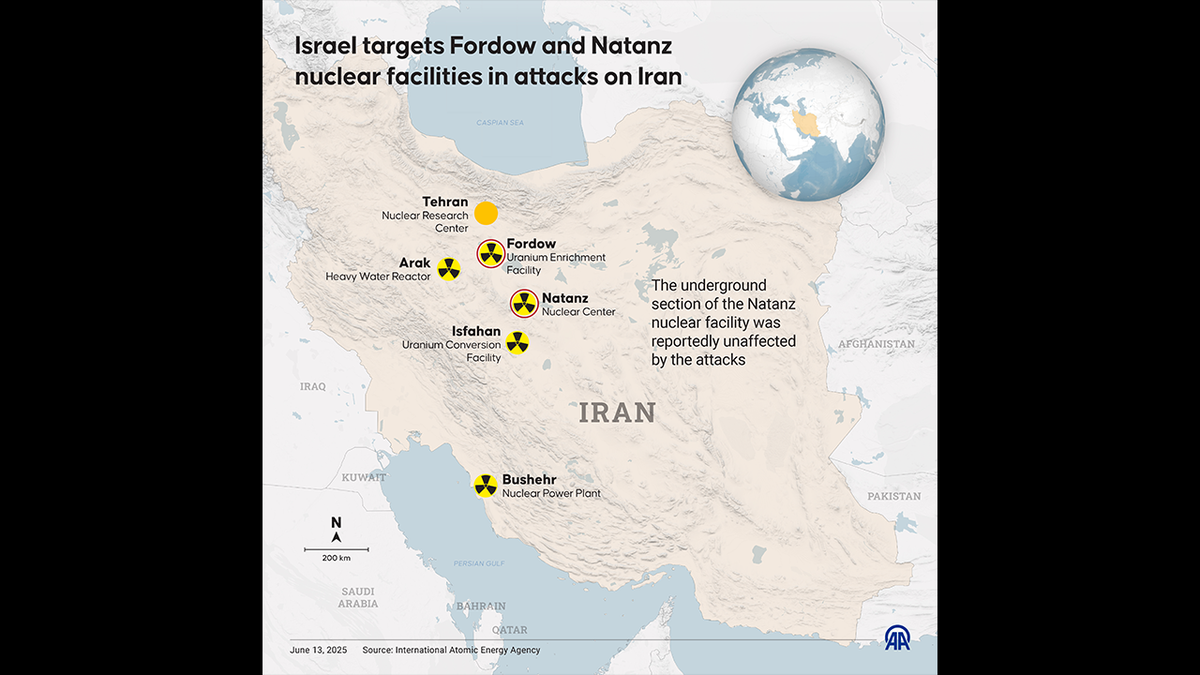Articles in this Cluster
18-06-2025
CNN analysis warns the U.S. may be edging toward direct strikes on Iran’s nuclear program at Israel’s urging, with Trump reportedly considering using Massive Ordnance Penetrators on deeply buried sites like Fordow. The piece highlights the stark shift from Trump’s prior anti-intervention stance and notes there’s little public discussion of endgames or exit strategies. Citing Iraq, Afghanistan, and Libya as cautionary precedents, it outlines risks of escalation: Iranian retaliation against U.S. forces, closure of the Strait of Hormuz, cyberattacks, regional oil shocks, and potential regime collapse leading to chaos, refugees, and new terror havens. The central concern: a decisive initial strike could trigger an open-ended conflict with unpredictable, far-reaching consequences.
Entities: United States, Iran, Israel, Donald Trump, Massive Ordnance Penetrator • Tone: analytical • Sentiment: negative • Intent: warn
18-06-2025
A top security expert says only the U.S. military has the capability to destroy Iran’s most protected nuclear site, the Fordow Fuel Enrichment Plant, which is buried up to 300 feet underground and deemed the country’s most dangerous facility. While Israel’s recent strikes hit parts of Natanz, Fordow likely requires U.S.-only assets such as the 30,000-pound Massive Ordnance Penetrator delivered by stealth platforms like the B-2, plus advanced ISR to overcome air defenses and decoys. Israel lacks the necessary munitions and delivery platforms, though it can inflict significant damage elsewhere or pursue sabotage. President Trump has hinted at U.S. air superiority over Iran but has not confirmed direct action; tensions remain high amid ongoing Israeli operations.
Entities: United States military, Iran, Fordow Fuel Enrichment Plant, Natanz, Massive Ordnance Penetrator • Tone: analytical • Sentiment: neutral • Intent: inform
18-06-2025
Iran’s Fordow uranium enrichment plant is buried deep under a mountain, likely beyond the reach of Israel’s current bunker-buster arsenal. The only bomb believed capable of penetrating it is the U.S. GBU-57 Massive Ordnance Penetrator (30,000 lb), deliverable by a B-2 stealth bomber, which Israel does not possess. Recent Israeli strikes reportedly caused extensive damage at Natanz and some at Isfahan but little to none at Fordow. Analysts suggest Israel may keep striking Natanz and attempt to disable Fordow indirectly (e.g., power disruption), but fully destroying Fordow may require direct U.S. involvement—something President Trump has signaled he wants to avoid even as he alternates between threats and calls for negotiation.
Entities: Iran, Fordow uranium enrichment plant, GBU-57 Massive Ordnance Penetrator, B-2 stealth bomber, Israel • Tone: analytical • Sentiment: neutral • Intent: analyze
18-06-2025
NPR explains that “bunker buster” bombs are specialized munitions designed to penetrate hardened, deeply buried targets before detonating, relying on tough steel casings rather than huge explosive loads. The focus is the U.S. GBU-57 Massive Ordnance Penetrator (30,000 pounds), likely the only weapon capable of striking Iran’s most fortified nuclear site, Fordo, deep inside a mountain. Only the U.S. can deploy it because it requires a B-2 stealth bomber. Experts say multiple precisely placed strikes may be needed and that while the MOP could inflict severe damage, it would likely only delay—not end—Iran’s nuclear program, since knowledge and capacity can be rebuilt. There are concerns about potential localized radioactive releases from strikes on enrichment facilities, with the IAEA warning that nuclear sites should never be attacked due to risks to people and the environment. The reported U.S. strikes, coordinated with Israel, mark a major escalation, though the extent of damage remains unclear.
Entities: GBU-57 Massive Ordnance Penetrator, B-2 stealth bomber, Fordo nuclear site, Iran, United States • Tone: analytical • Sentiment: neutral • Intent: inform
18-06-2025
The article examines the high stakes and uncertainties of a potential U.S. strike on Iran’s deeply buried Fordo nuclear site. While militarily feasible, such an operation carries significant risks: possible aircraft losses, failure to destroy the target, and especially dangerous escalation afterward, including Iranian retaliation against U.S. forces and civilians, cyberattacks, and threats to Gulf shipping. Analysts warn that strikes rarely end nuclear programs and can spur covert expansion, citing Iraq and North Korea. The piece underscores the political and strategic dilemma for President Trump: whether the potential setback to Iran’s program justifies the high risk of broader conflict and entanglement in regime-change dynamics, amid limited congressional oversight and uncertain intelligence on Iran’s bomb intent.
Entities: United States, Iran, Fordo nuclear site, President Donald Trump, Gulf shipping • Tone: analytical • Sentiment: negative • Intent: analyze
